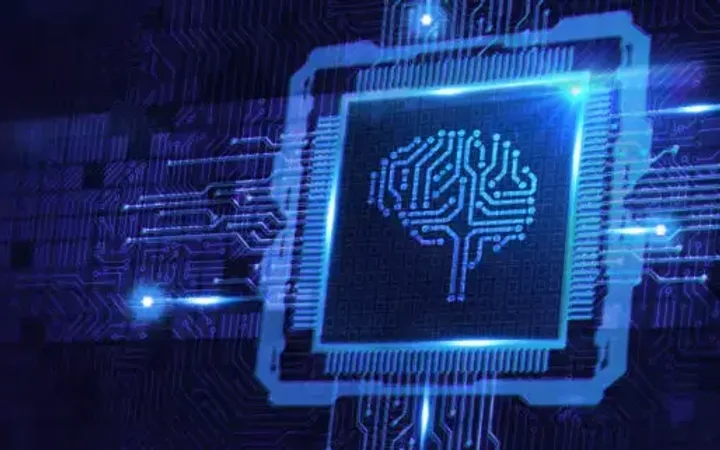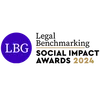Obtaining patents in Europe covering AI inventions are often a key part of patent strategy when it comes to developing technology using AI. However, getting a granted patent for an AI invention in Europe can be difficult. In this note we identify three main considerations when looking at pursuing patent protection for AI inventions at the European Patent Office (EPO).#
Patentability #
Computational models and algorithms, such as those that AI and machine learning are based on, are generally excluded from patentability in Europe as mathematical methods. Core AI inventions, those that define an improvement in the field of AI itself, are often subject to these kinds of objections. Applied AI inventions, i.e. those which apply AI to a problem outside of the core principles of AI, typically find it easier to navigate around patentability objections.
Inventive Step (Obviousness) #
Much like software inventions more generally, AI inventions must provide a non-obvious technical solution to a technical problem in order to demonstrate an inventive step has been achieved by a claimed invention.
Often, when assessing the inventive step of AI inventions, the EPO will separate a claim into features deemed to be technical, and features deemed to be non-technical. Only those features which are deemed to be technical are assessed for novelty and inventive step. It is therefore very important to describe and explain the technical aspects and advantages of the invention in the detailed description of a patent application. This provides support for inventive step arguments during prosecution and helps to convince the Examiner that features are technical.
In practice, prosecuting AI applications in Europe varies from case to case. Having a clear story about solving a technical problem using AI is advantageous when considering whether to file an application in Europe.
Sufficiency and Enablement #
In recent case law, AI-focused patent applications have been refused on the grounds of insufficiency. Sufficiency objections are raised when allegedly not enough information has been provided to allow the skilled person to be able to implement the invention. This is often because of a lack of description of the model, or the training process used to train the model.
It is therefore important to include as much detail of the model and the training process as is practical for AI inventions. This varies on a case-by-case basis; some details may be irrelevant for some models whereas they are essential to others. Lack of sufficient disclosure is a very difficult objection to address at the EPO once it has been raised, so it is imperative that a sufficient level of detail is included in patent applications from filing.
Key Recommendations when filing an AI patent application in Europe #
- Be mindful of whether the invention is directed to core AI principles.
- Provide as much support as possible for the technical advantages of the invention, i.e. be clear about the problem being solved and how the claimed features contribute to that solution.
- Provide as much detail as you can about the training model and how it is trained.
If you would like to discuss any of this further, please contact Clare Collins or Terence Broderick.





















